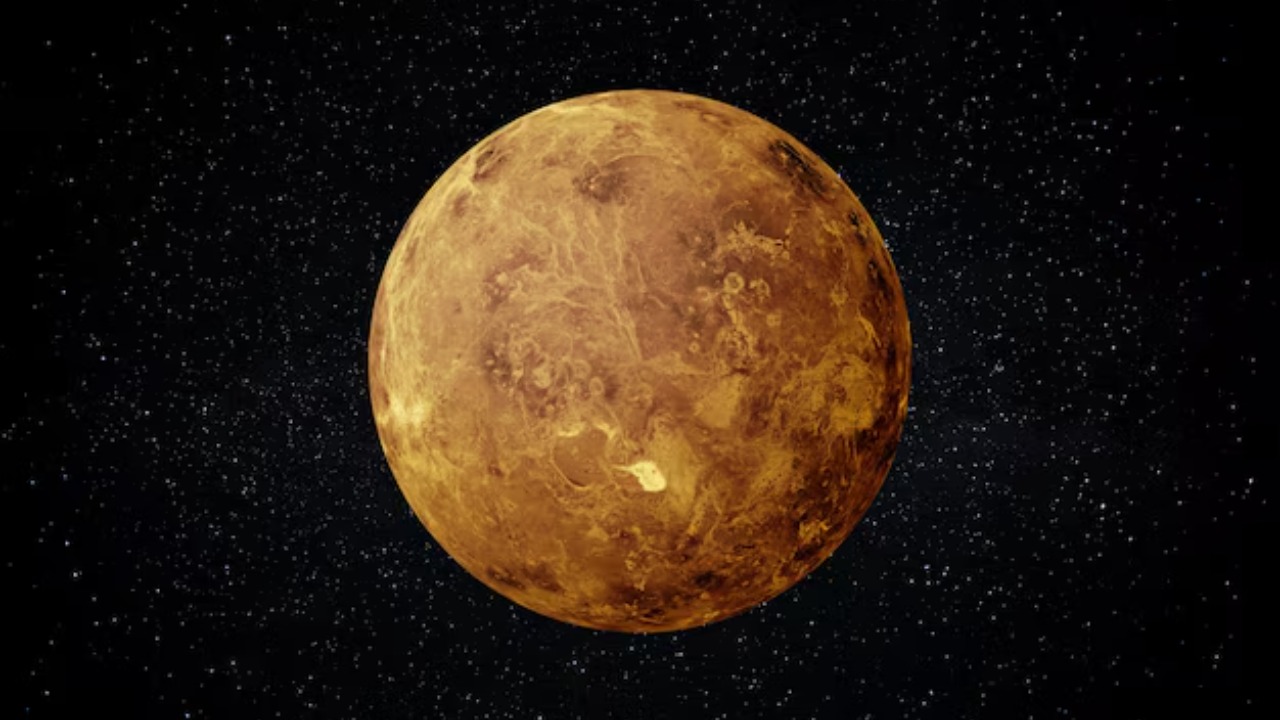
NASA’s mission to explore Venus has been progressing quietly but steadily. While Mars and the Moon often capture the public’s imagination, Venus holds its own mysteries that scientists are eager to explore. This mission aims to unlock the secrets of our sister planet through advanced technologies and innovative approaches.
The Significance of Exploring Venus
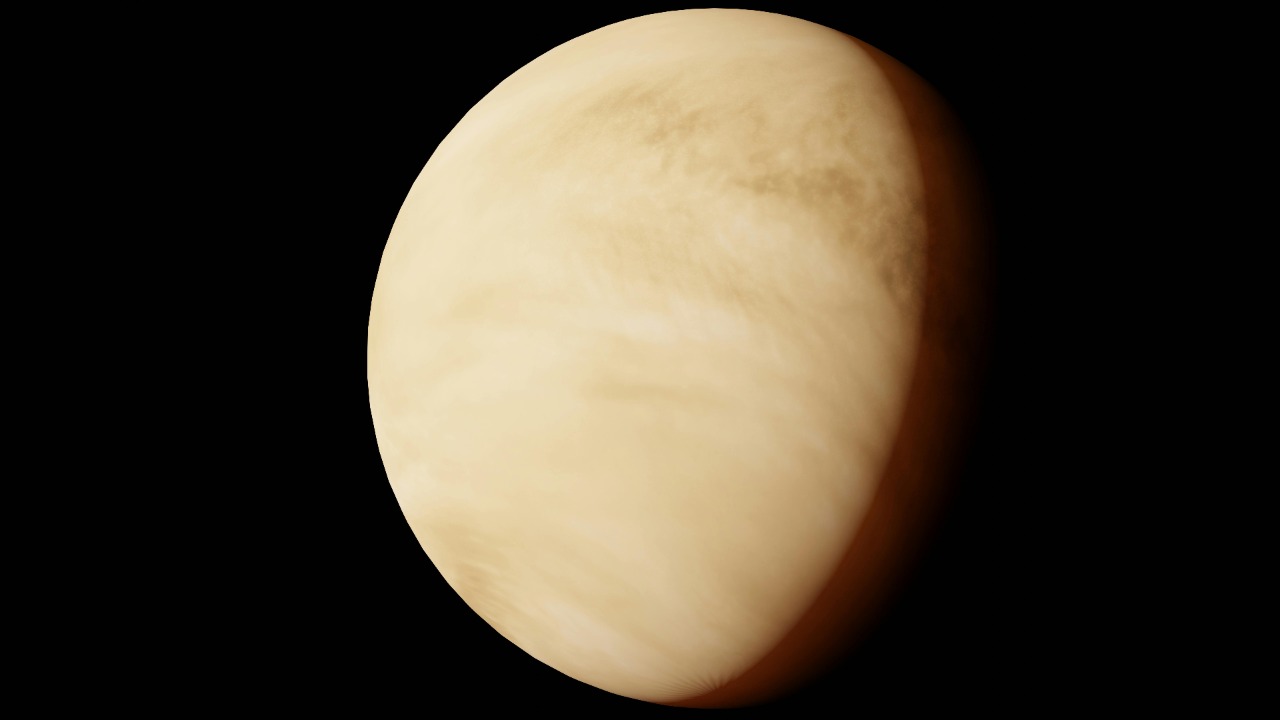
Understanding Venus is crucial for grasping planetary evolution and atmospheric dynamics. As Earth’s closest planetary neighbor, Venus provides a comparative platform to explore how similar planets can evolve divergently. By studying Venus, scientists aim to gain insights into atmospheric processes and climate conditions that could shed light on climate change on Earth.
Historically, Venus missions have been overshadowed by the allure of Mars. The surface conditions of Venus, with its intense heat and pressure, have posed significant challenges for exploration. However, the scientific community continues to recognize the potential of Venus to offer clues about Earth’s past, present, and future. Past missions like Venera and Magellan have set the stage for renewed interest and exploration.
NASA’s DAVINCI Mission
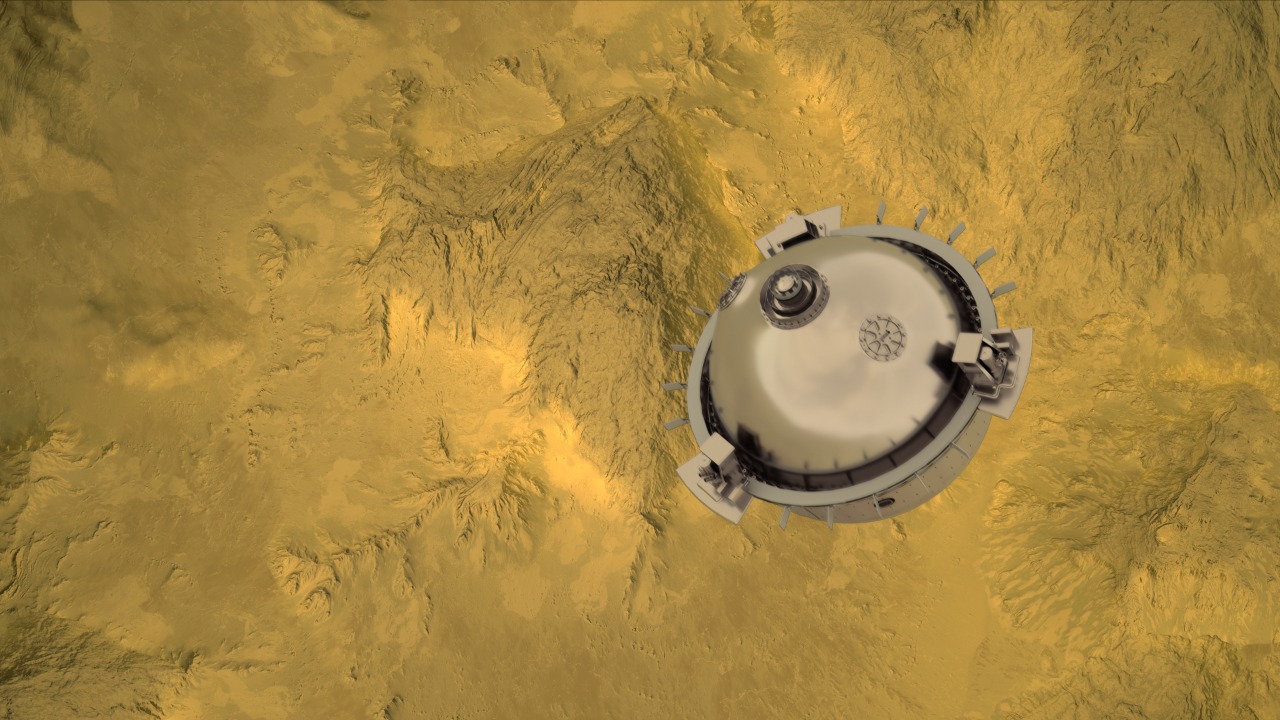
The DAVINCI (Deep Atmosphere Venus Investigation of Noble gases, Chemistry, and Imaging) mission is a pivotal step toward comprehending Venus’s atmospheric composition and surface characteristics. Scheduled to launch in the next few years, DAVINCI aims to dive through Venus’s atmosphere, capturing data on noble gases, atmospheric chemistry, and surface imaging.
This mission will utilize innovative instruments designed for high-resolution imaging and atmospheric sampling. With the primary objective of understanding atmospheric dynamics, DAVINCI will help reveal how Venus’s atmosphere has evolved over time and its implications for similar planets. The mission’s success is anticipated to pave the way for more comprehensive explorations in the future.
Innovative Technologies and Approaches

One exciting prospect is the development of balloon missions to explore Venus’s atmosphere. Balloons can float at various altitudes, providing unique opportunities for prolonged atmospheric studies and data collection. This approach offers a stable platform for sensors to gather detailed information over extended periods.
New sensors and imaging technologies are being developed to withstand Venus’s harsh environment, characterized by extreme temperatures and high pressure. These technologies aim to capture high-resolution images and detailed atmospheric data, overcoming the challenges posed by Venus’s dense clouds and corrosive atmosphere. The ongoing advancements in these areas hold promise for future missions and discoveries.
Potential Discoveries and Implications
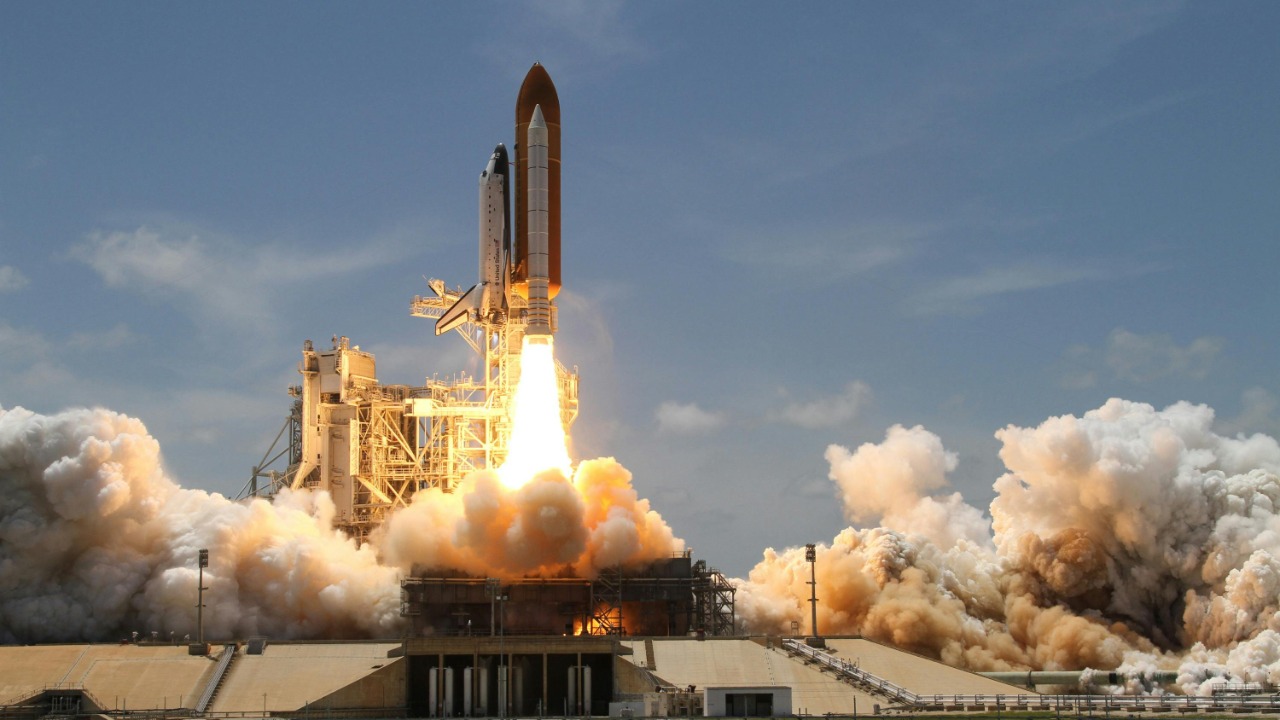
Exploring Venus could yield significant insights into its geological activity and history. Scientists hope to uncover evidence of volcanic activity and tectonic movements, which could reshape our understanding of planetary dynamics. These findings might also inform future human exploration and potential colonization efforts, despite Venus’s inhospitable conditions.
Moreover, the knowledge gained from Venus could enhance our understanding of other planets and exoplanets. By drawing parallels between Venus and other celestial bodies, researchers can refine models of planetary formation and evolution. This could ultimately lead to a more comprehensive understanding of the universe and our place within it.
Public Engagement and the Future of Venus Exploration
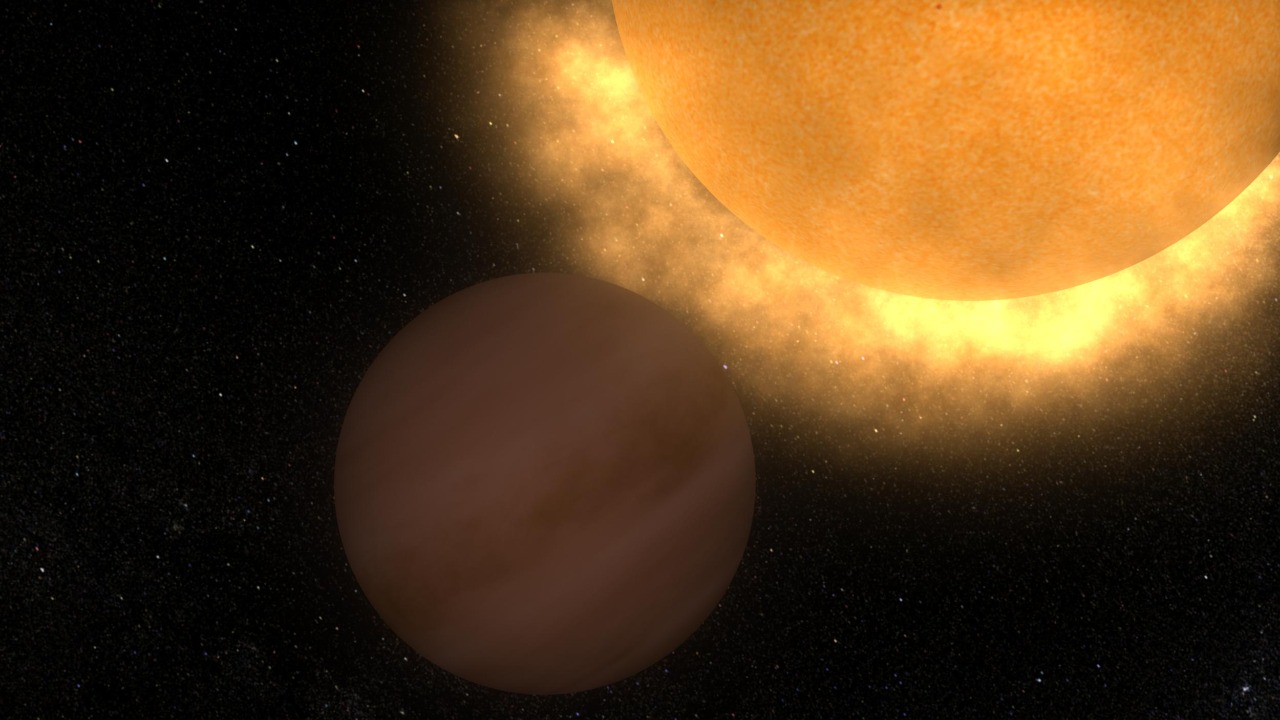
Public engagement is crucial for sustaining interest and support for Venus exploration missions. NASA and other space agencies are actively working to involve the public through educational initiatives and outreach programs, aiming to inspire the next generation of scientists and explorers. The role of international and private partnerships is also pivotal in advancing these missions, pooling resources and expertise from across the globe.
Looking ahead, the future of Venus exploration is promising, with several missions on the horizon. The expanding scope of Venus research will continue to evolve, driven by technological advancements and a renewed interest in understanding our neighboring planet. By fostering collaboration and innovation, the scientific community is poised to unlock the mysteries of Venus and broaden our knowledge of the cosmos.